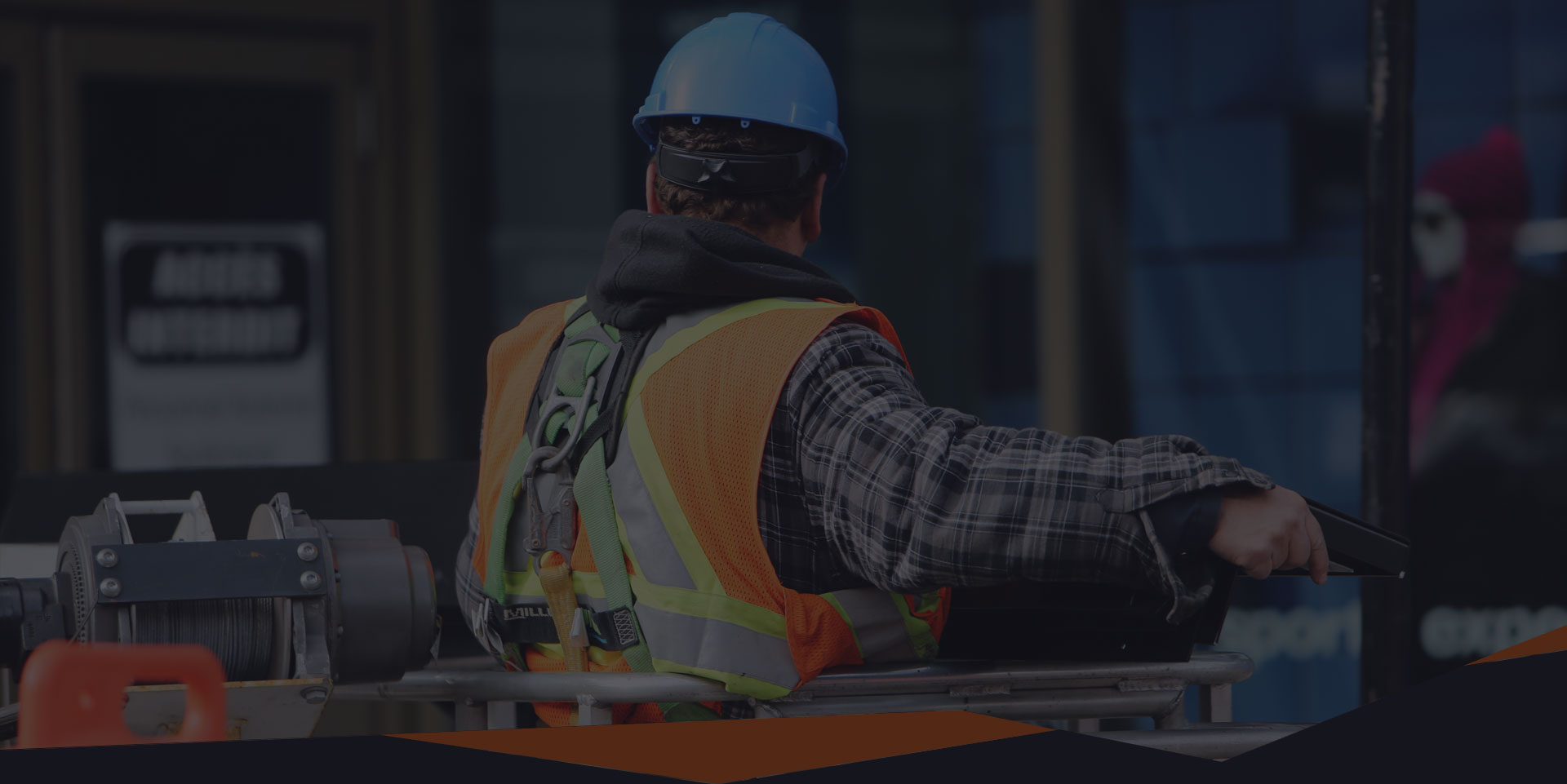1. Introduction to Plumbing
Plumbing is one of the oldest and most essential trades in human history. It refers to the system of pipes, fittings, and fixtures installed in a building for the distribution of potable (drinkable) water and the removal of wastewater. The word “plumbing” originates from the Latin word plumbum, which means lead — one of the earliest materials used for pipes.
Plumbers are the professionals trained to install, maintain, and repair these systems. Their work ensures that homes, businesses, factories, and institutions have clean water, safe gas lines, and proper waste disposal. Without plumbers, modern civilization as we know it wouldn’t function.
From ancient aqueducts in Rome to today’s smart water-saving technologies, the plumbing industry has evolved dramatically, but its core remains the same — to provide people with reliable access to clean water and safe sanitation.
2. What Does a Plumber Do?
A plumber’s job is diverse and physically active. Plumbers work in both residential and commercial settings, and their tasks can range from routine maintenance to emergency repairs and complex system installations.
Common Duties of a Plumber:
- Installing pipes, faucets, toilets, bathtubs, and water heaters
- Repairing leaks, burst pipes, and clogged drains
- Replacing old or corroded plumbing
- Testing plumbing systems for leaks and other issues
- Reading blueprints and technical diagrams
- Following building codes and safety regulations
- Providing cost estimates for plumbing jobs
- Collaborating with electricians, HVAC specialists, and construction teams
Plumbers may specialize in a specific type of service, such as water supply plumbing, sanitary plumbing, gas plumbing, or pipe fitting. Some even work in industrial settings, maintaining high-pressure pipelines and advanced water treatment systems.
3. Types of Plumbing Systems
There are several plumbing systems that plumbers may work with. Each has a unique function and requires different knowledge and tools.
a. Water Supply System
This system delivers clean water to fixtures and appliances. It includes:
- Pipes (typically copper, PEX, or PVC)
- Valves and pumps
- Water meters
- Water storage tanks
b. Drain-Waste-Vent (DWV) System
This system removes wastewater from buildings and vents gases safely outside. It includes:
- Drain pipes
- Sewer lines
- Vent stacks
- Traps (P-traps and S-traps)
c. Gas Piping System
Many plumbers are certified to install and repair gas lines used for:
- Cooking stoves
- Heating systems
- Fireplaces
- Water heaters
d. Rainwater and Greywater Systems
Modern homes may include systems for:
- Collecting rainwater for irrigation
- Recycling greywater for flushing toilets or landscaping
4. Tools and Equipment Used by Plumbers
Plumbers rely on a wide range of tools and equipment to get their job done. These tools can be divided into hand tools, power tools, measuring tools, and safety gear.
Hand Tools
- Pipe wrench
- Adjustable wrench
- Plumber’s tape (Teflon tape)
- Hacksaw
- Basin wrench
- Faucet key
Power Tools
- Power drill
- Pipe threader
- Drain auger (snake)
- Pipe cutter
- Jetter machine
Measuring Tools
- Tape measure
- Level
- Pressure gauge
Safety Gear
- Gloves
- Goggles
- Face mask or respirator
- Steel-toe boots
- Knee pads


